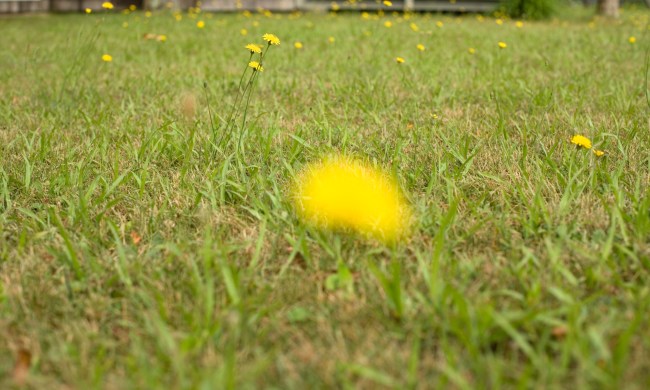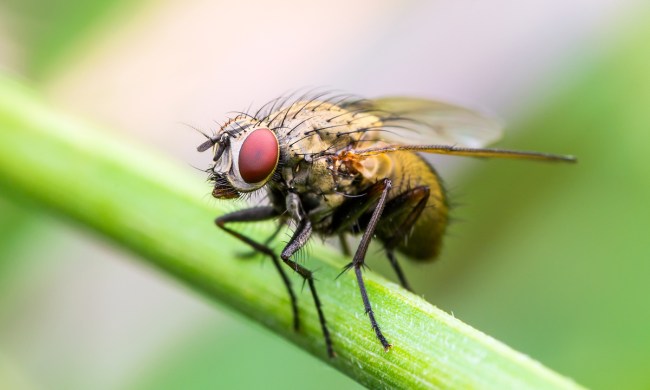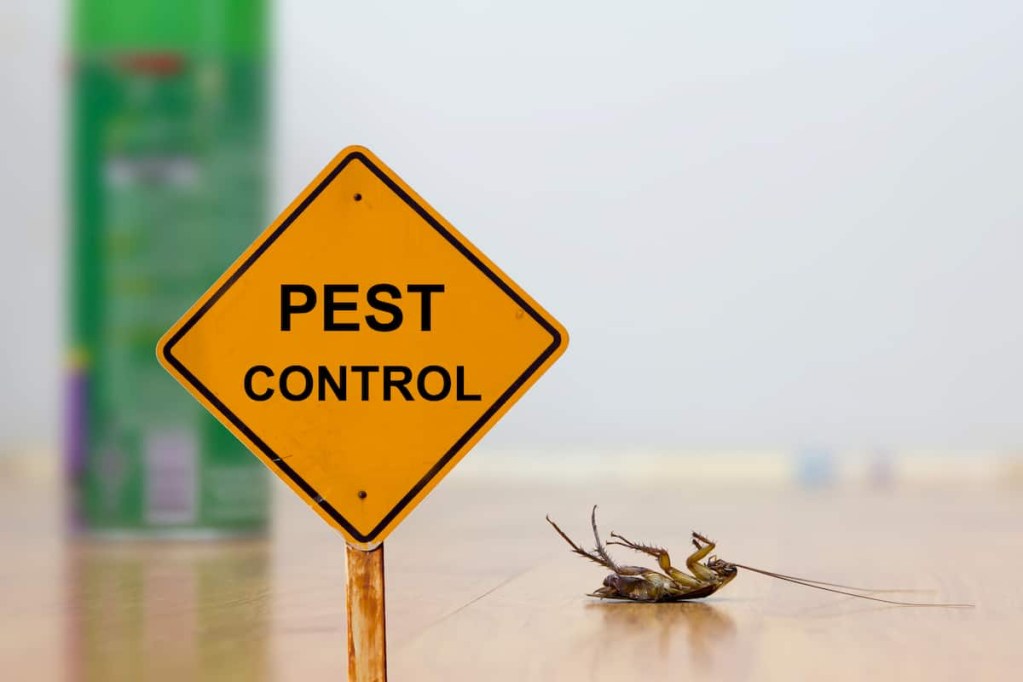
Cleaning your apartment will keep your place looking nice, but it may not be enough to keep pesky bugs from making your home their home. Keeping bugs out of an apartment or condo is much different from keeping them out of a house. When you live in an apartment building or condo that’s part of a larger unit, bugs can quickly enter your space from community spaces. So if your neighbors have habits that attract bugs, it doesn’t take much for those critters to come into your rooms, too.
Your apartment or condo location can also contribute to the number of bugs in your living area, such as if your apartment is near the woods or close to the outdoor dumpsters. Also, apartment complexes and condos often have several entrances, which increase the chances insects have to get into your home.
Cockroaches, ants, centipedes, spiders, and silverfish are among the most common pests people find in their homes, but they’re certainly not the only ones.
So, exactly how do you keep bugs out of your apartment? We’ve found 11 helpful tips to keep your apartment or condo bug-free.
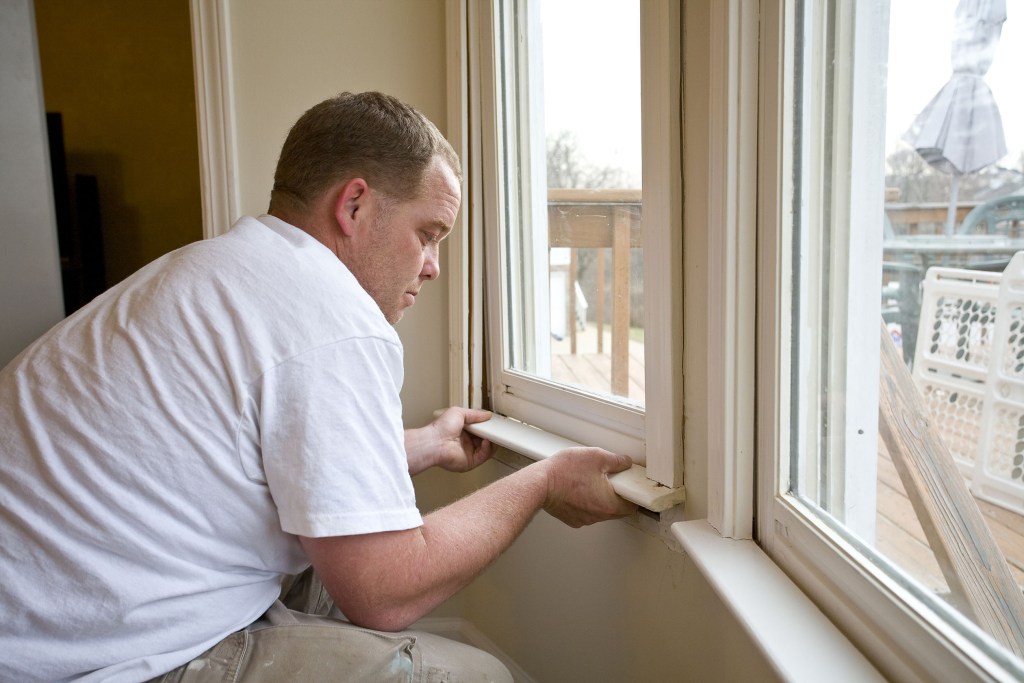
1. Check all the entrances
Ensuring all the entrances to your apartment or condo are bug-proof means checking more than just the entrances humans can fit through. Make sure all windows, walls, and pipes that bugs use as highways are sealed and have no cracks. This is especially important if your apartment or condo is older. If the window frames are old, they often start to separate and crack, leaving tiny access points for insects. Old doors tend to have a weatherstrip that is warped or broken, which leaves space for bugs to enter. Even if your doors and windows have screens, if the screens are old, they will likely have tears in them that allow bugs access to your house.
Fixing cracks in window frames, walls, or pipes can be done with clear caulk or silicone. Replacing old weatherstripping is relatively simple and will work wonders for keeping bugs and cold air out of your apartment or condo. Screens can be replaced at most local hardware stores and help reduce the number of bugs in your home significantly.

2. Keep your kitchen as clean as possible
There is nothing bugs love more than free human food, especially sugar. Often, bug infestations come about because there is food around for bugs to feast on. Keeping your appliances like the refrigerator, sink, and stove clean is crucial for bug abatement. Cleaning mold from your kitchen can reduce their number, too, as mold attracts bugs and other pests.
Dirty dishes should not be left in the sink or on the countertops. Even something as small as the spoon you use to stir your morning coffee left on the kitchen counter can alert an insect and all of his friends to your kitchen. Fruits and vegetables often attract fruit flies, so keeping them in the fridge, especially during the hotter months, is a good idea.

3. Take out the trash regularly
Bugs like trash just as much as they like fresh food. If you let your trash cans overflow, bugs are more likely to try to get at the goods. Any trash that lands on the floor of the cupboard you keep your trash bin in and isn’t cleaned thoroughly quickly becomes a bug magnet. Even if you take out the trash regularly, your trash cans can still get sticky and dirty. Clean out your trash receptacles every few weeks to get rid of any garbage left behind and keep bugs away.

4. Get rid of clutter
Even if your house is relatively clean, cluttered rooms and areas are perfect places for bugs to hide. So organize your bathroom, your bedroom, your kitchen, your guest rooms, and your laundry area. The more clutter in your home, the more likely you will have insects stashed away in those tiny places. Piles of laundry on the floor, cluttered countertops in the kitchen and bathroom, and piles of toys in kids’ rooms are all places bugs love to hang out. Keeping your home clean and clutter-free should help keep bugs away.

5. Choose plants wisely
Many people like to have live plants in their living area because they bring life to their homes. All plants attract bugs, no matter the type, but some do so more than others. When choosing houseplants, do a little research, and make sure the varieties you like aren’t insect magnets. In particular, avoid any type of shrubbery because they attract tons of bugs. You can also use a garden insecticide to be extra sure insects don’t invade your home due to your plants.
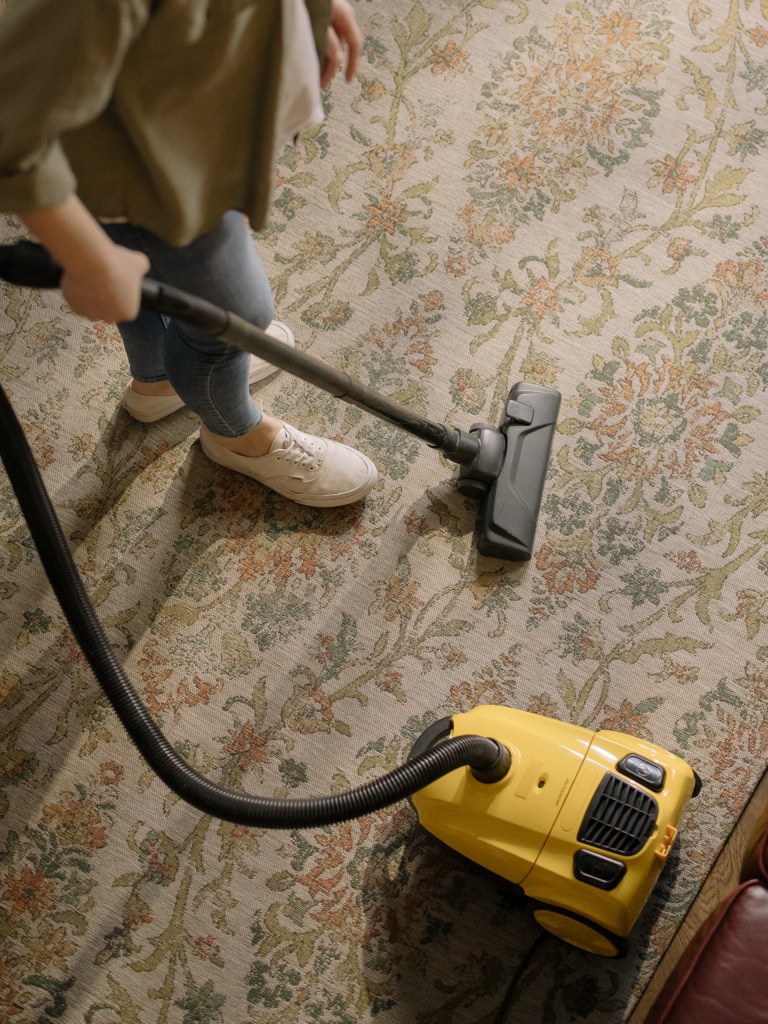
6. Vacuum, sweep, and mop regularly
Even if you keep a relatively clean apartment or condo, there are still tiny specs of food and debris on the floor that you can’t see, but bugs love. Be sure to sweep and mop all hard floors and vacuum all carpets often to reduce the chances of bugs moving in to eat the microscopic debris. Pay special attention to corners, baseboards, and behind areas like the couch or bed. Bugs like these small, dark places, and they often nest in such sites. If you’re disrupting the area frequently with the vacuum or broom, they won’t have time to make themselves at home.

7. Keep things dry
Bugs like damp areas. Don’t leave standing water anywhere — your bathtub, sink, shower, and under cupboards, if left wet, are places bugs will flock to. Many insects can go for weeks without eating but must have water to survive. Be sure to wipe any excess water from sinks and bathrooms and check pipes under your sinks to make sure they don’t leak. Water leaks in dark cupboards are the perfect place for bugs to survive and multiply.

8. Clear around the outside of your home
Even if you live in an apartment or condo, you likely have some space outside that belongs to you. Make sure there aren’t piles of leaves or mulch close to your doors and windows. Bugs live in piles of brush, and if those piles are close to the entrances of your house, those little pests will find their way inside. Check the exterior of your windowsills to ensure there isn’t debris built up on them for bugs to hide in. A quick wipe down or clear away of any cluttered outside area will deter bugs from getting inside.
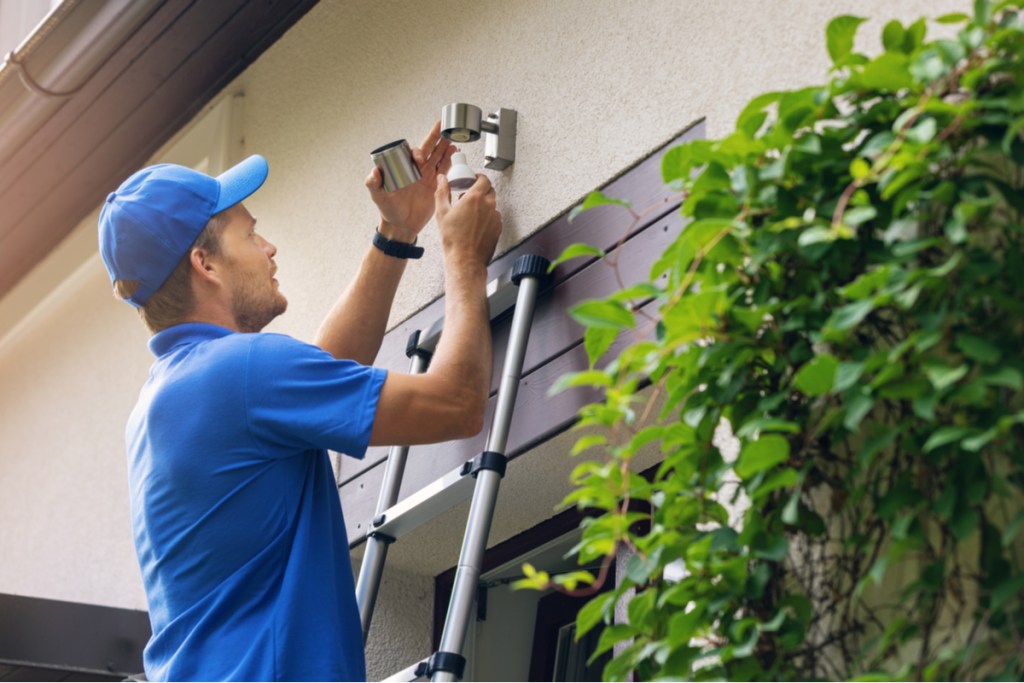
9. Replace outdoor lighting
If you have control over the lighting right outside your apartment, consider changing to a dimmer bulb. Bugs are highly attracted to bright lights because they provide more warmth, so a bulb with fewer watts can prevent bugs from flying or crawling to your doorstep in the first place.
You will also want to get warm bulbs as opposed to cool bulbs, which emit blue light, making it easier for insects to see and therefore make their way into your home. But with warm, yellow-colored bulbs, insects will not have as much moveability.

10. Try peppermint oil
If you’ve done all the above things and are still seeing critters inside your apartment or condo and don’t want to use chemicals, peppermint oil could help. Mix 15 drops of essential peppermint oil with about a cup of water in a spray bottle and spray anywhere you find bugs. Focus on the kitchen, bedroom, and bathroom, along the baseboards, inside cabinets, and along windowsills. You can also soak cotton balls in the oil and place them in highly infested areas. Insects are repulsed by the smell of peppermint and will stay away.
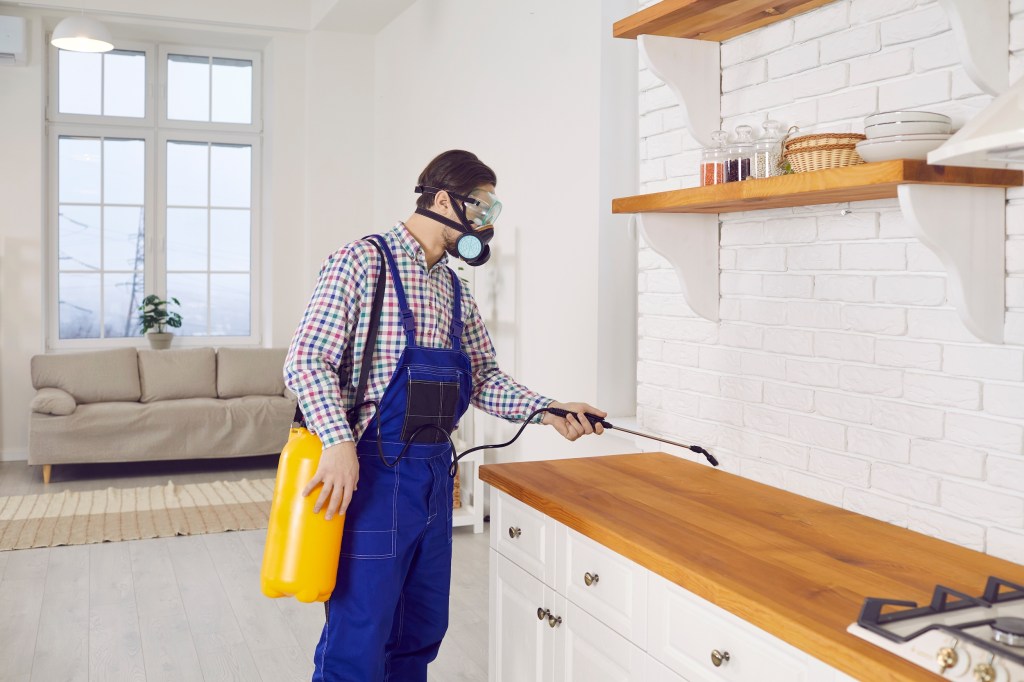
11. Consider insecticides
If all else fails, you will have little choice but to purchase some insecticides. Spraying the insecticide in the same areas you would peppermint oil will surely deter any small pests from entering your home. Insecticides keep them from entering by creating a barrier, and they kill any bugs that dare to cross. Some insecticides are safer than others, so if you have pets or children, be sure to get a kid-safe or pet-safe product. You should also conduct a small test on an area of baseboard or cupboard out of sight to be sure the product won’t stain or discolor the wood or other surfaces in your home.
Also, you can consider bug catchers as an option; with them, you can keep in the insects you want and keep out the ones you don’t.
If your apartment complex is run by a property management company, be sure to ask about their pest control policy. Responsible companies will have a set schedule for pest prevention (and if they don’t, that’s a warning sign that this company might not be the best). Still, you don’t always need an exterminator to keep your apartment or condo bug-free. Using these tips, your abode will be safe from these pesky critters.

